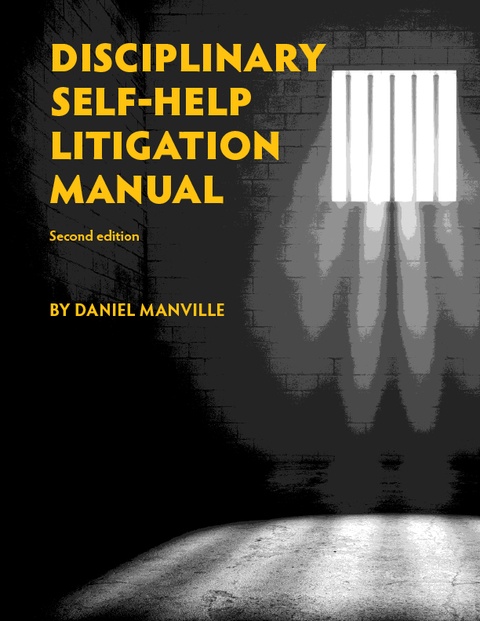‘Sexome’ Bacteria Offers New Path to Justice in Sexual Assault Cases Where DNA Is Not Present
Forensic science has traditionally relied on DNA evidence from sperm to identify suspects in sexual assault cases. However, when no sperm is present—such as when a perpetrator uses a condom—these methods are often ineffective.
New research published in iScience in February 2025 suggests a novel approach to using bacteria as evidence. Just like fingerprints, everyone has a unique mix of bacteria in their body. These bacteria can be transferred during sexual intercourse.
This is particularly important in sexual assault cases where male DNA might be missing or degraded. The research also examines how barrier contraceptives, like condoms, affect the transfer of these bacterial signatures. Forensic scientists Brendan Chapman and Ruby Dixon call the unique bacterial signatures exchanged during intercourse the “sexome.”
The study, conducted at Murdoch University in Australia, explores how genital bacteria transfer between sexual partners and remain detectable after intercourse. Using 16S-rRNA gene sequencing, researchers examined whether these microbial traces could serve as forensic evidence when DNA is absent.
To test this, the researchers recruited 12 heterosexual, monogamous couples. Participants first provided genital microbiome samples before abstaining from sex for 2 to 14 days. After resuming intercourse, including cases where condoms were used, they submitted post-sex samples. Analysis confirmed that each individual’s unique bacterial signature was present in their partner’s sample following sexual activity.
Three couples in the study used condoms, which reduced but did not eliminate bacterial transfer. Interestingly, most microbial exchange in these cases occurred from the female to the male. These findings suggest that even when sperm cannot be found, forensic scientists could still identify sexual contact through microbial evidence.
The study also examined whether factors like male circumcision status and pubic hair presence affected bacterial transfer but found no significant impact. However, researchers observed that vaginal microbiomes changed during menstruation, which could influence forensic analysis.
“This research is based on the forensic principle that every contact leaves a trace,” explained Chapman. “Until now, few studies have explored how vaginal and penile microbiomes can serve as forensic evidence. Our findings confirm that microbial signatures persist after intercourse, opening new possibilities for investigations.”
Dixon emphasized that the forensic application of the sexome is still in its early stages. “Understanding external factors that influence microbial transfer is critical for ensuring forensic accuracy. We plan to continue our research to refine the use of microbial evidence in sexual assault cases.”
This groundbreaking research will positively impact forensic investigations, particularly in cases where conventional DNA evidence is not available. If the research results can be replicated and validated, microbial forensics will provide law enforcement with an important tool for identifying perpetrators and establishing sexual contact in sexual assault cases.
Source: Forensic Mag
As a digital subscriber to Criminal Legal News, you can access full text and downloads for this and other premium content.
Already a subscriber? Login





